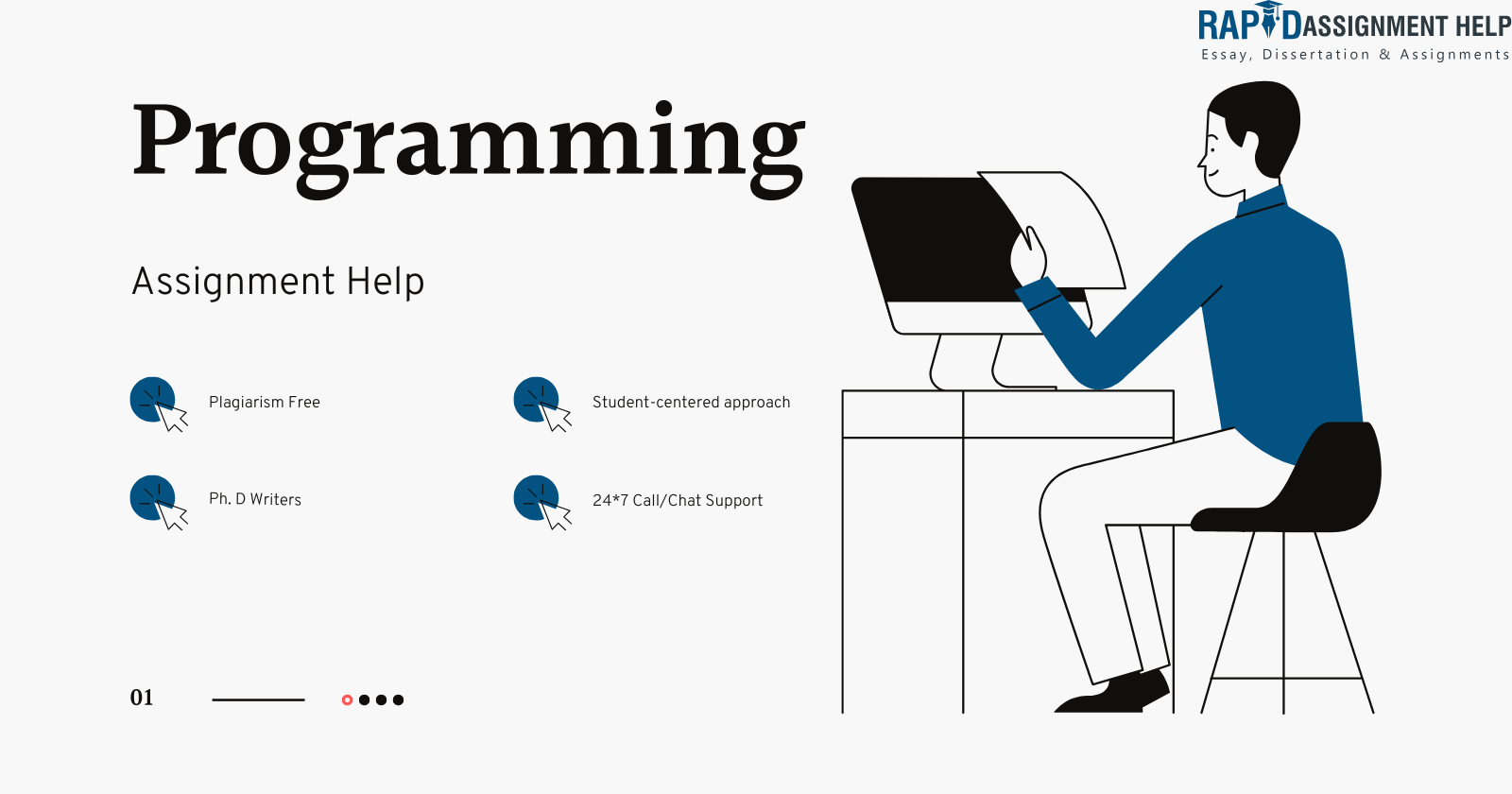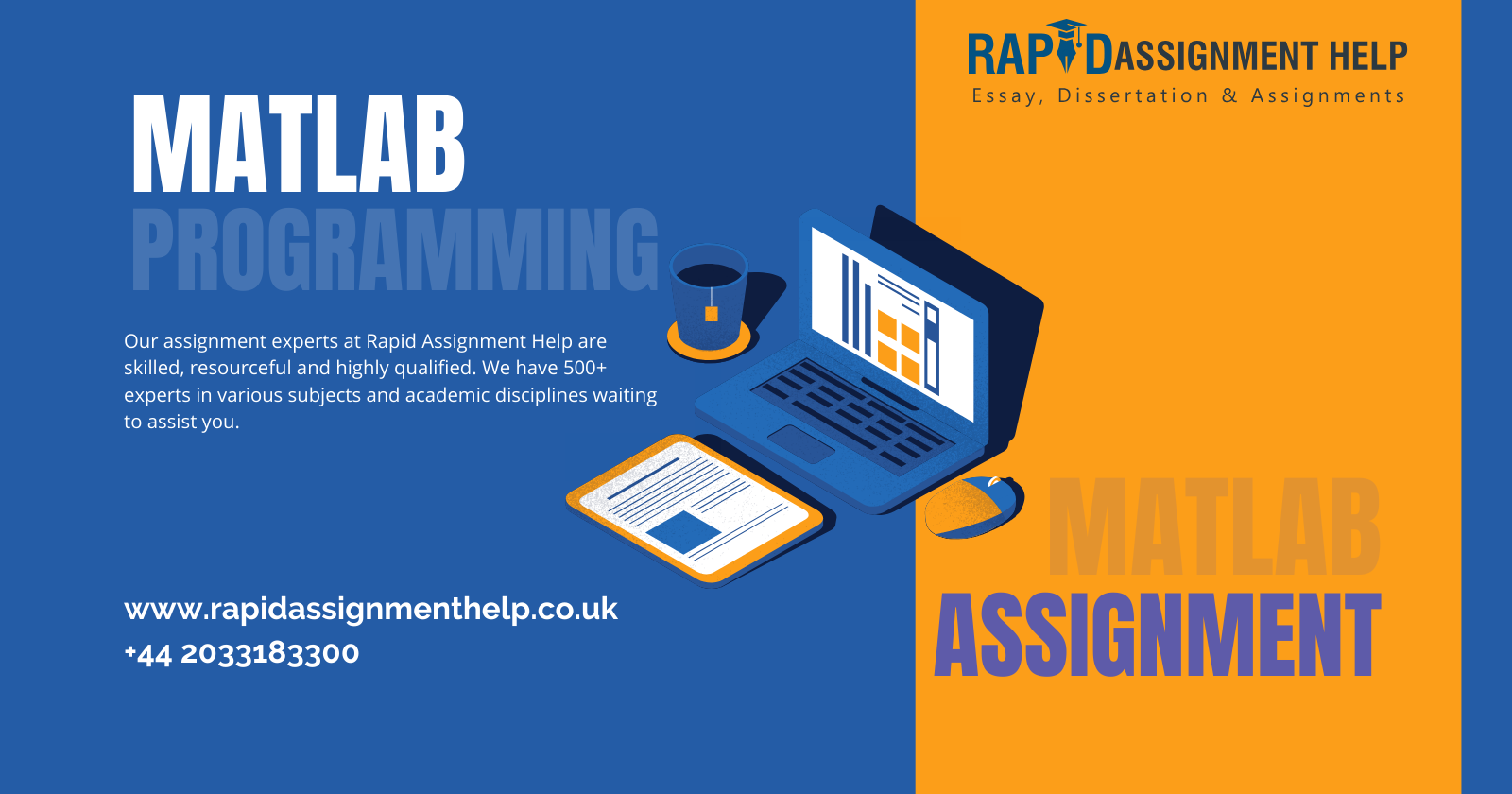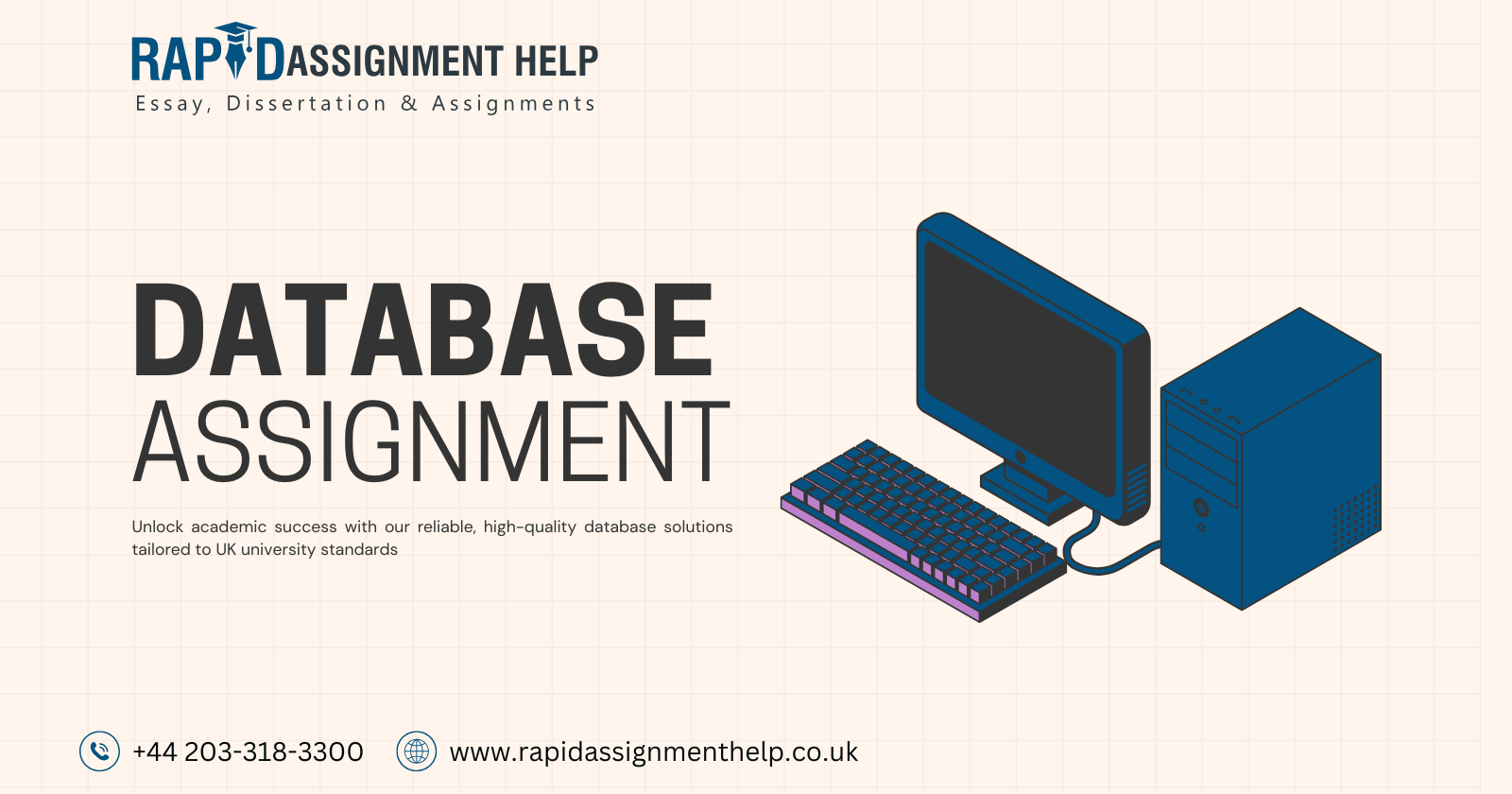Understanding Object-Oriented Programming: Concepts, Benefits, and Real-World Use

Strong 8k brings an ultra-HD IPTV experience to your living room and your pocket.
Introduction
Programming is more than just writing lines of code — it’s about solving real-world problems efficiently. One of the most widely used approaches in modern software development is Object-Oriented Programming (OOP). If you’re studying computer science or a programming-related degree in the UK, OOP is a concept you’ll encounter in nearly every module or assignment.
In this article, we’ll explore what Object-Oriented Programming is, why it’s important, and how it is used in the real world. We'll also touch on some key concepts and provide practical examples. If you ever feel stuck understanding these ideas, there are resources like Programming Assignment Help that can support you in your academic journey.
What Is Object-Oriented Programming?
Object-Oriented Programming is a programming paradigm based on the concept of "objects." These objects are instances of classes, which can contain data (attributes) and methods (functions) that operate on the data.
Instead of thinking about the program as a sequence of actions, OOP helps you model your code around real-world entities, making it more intuitive and scalable.
Core Concepts of OOP
There are four fundamental principles that define Object-Oriented Programming:
1. Encapsulation
Encapsulation means hiding the internal state of an object and requiring all interaction to be performed through an object’s methods. This protects data integrity and makes the program more secure and easier to maintain.
Example: A car object might have a startEngine() method, but the user doesn't need to know the inner workings of the engine.
2. Inheritance
Inheritance allows a class (child) to inherit properties and behaviours from another class (parent). This promotes code reusability and a hierarchical class structure.
Example: A Vehicle class can be inherited by Car, Bike, or Bus classes, all sharing common properties like speed or fuel.
3. Polymorphism
Polymorphism allows different classes to be treated as instances of the same parent class, especially when they override methods. This makes your code more flexible.
Example: Both Cat and Dog classes can have a method makeSound(), but the implementation differs — a cat meows while a dog barks.
4. Abstraction
Abstraction involves hiding complex implementation details and showing only the necessary features of an object. This simplifies software design.
Example: You interact with a smartphone by tapping apps — you don’t see the code running underneath.
Popular Object-Oriented Languages
Some of the most widely used programming languages follow the OOP paradigm:
Java: One of the most OOP-centric languages, used in enterprise and Android development.
Python: Supports both object-oriented and procedural programming.
C++: Known for its power and flexibility, often used in game development.
C#: Widely used in Windows applications and game development with Unity.
Ruby: Emphasises simplicity and productivity, fully object-oriented.
Benefits of OOP
Understanding OOP not only helps in writing efficient code but also provides various real-world advantages:
1. Reusability
Once a class is written, it can be reused in different programs or modules. This reduces repetition and saves development time.
2. Scalability
Large applications are easier to manage when they are broken into modular, object-based components.
3. Maintainability
If changes are required, you only need to update the relevant object or class, rather than the entire codebase.
4. Real-World Mapping
Because OOP reflects real-world systems, it is easier for developers to conceptualise and collaborate on complex projects.
Real-World Applications of OOP
OOP is used across a range of industries and technologies. Here are some notable examples:
1. Mobile App Development
Apps for Android and iOS are often built using object-oriented languages like Java or Swift. For example, in a ride-hailing app like Uber, different classes might represent Driver, Passenger, and Trip.
2. Web Development
Frameworks such as Django (Python) or Laravel (PHP) use OOP principles to build dynamic, secure websites.
3. Game Development
Games often involve a complex system of interacting objects — characters, vehicles, weapons — all of which benefit from OOP for logic, animation, and interaction.
4. Finance and Banking Software
Financial systems use OOP to model accounts, transactions, and customers. The encapsulation ensures secure data handling, which is vital in these sectors.
Challenges of Learning OOP
While OOP is powerful, many students find it difficult to grasp initially. Here are some common challenges:
Understanding class and object relationships
Differentiating between inheritance and composition
Debugging errors in large object structures
Switching from procedural to object-oriented thinking
If you’re facing such issues, getting help early is crucial. Online resources, tutors, and services like Programming Assignment Help can guide you through complex topics and help you meet your coursework deadlines.
OOP in University Assignments
In many UK universities, programming assignments include OOP-focused tasks such as:
- Designing class hierarchies
- Implementing inheritance and polymorphism
- Building small systems like inventory or library management tools
- Using UML diagrams to model systems
These assignments aim to prepare students for real-world software development where OOP is a standard.
Tips for Mastering Object-Oriented Programming
Here are some effective strategies to improve your understanding and application of OOP:
1. Practice with Real Projects
Build simple applications — like a contact manager or a to-do list — using OOP principles. This makes the concepts stick better.
2. Read Others’ Code
Studying open-source projects or classmate submissions (with permission) helps you see different approaches to OOP problems.
3. Break Problems into Objects
When faced with a programming task, try to identify which components could be classes and what their relationships might be.
4. Visualise with UML
Unified Modelling Language (UML) diagrams help you map out class relationships before you write code.
5. Stay Consistent with Naming and Structure
Using proper class names, method names, and code formatting makes your OOP code easier to read and maintain.
Conclusion
Object-Oriented Programming is more than a university module — it’s a skill that forms the foundation for many real-world applications. Whether you’re designing software, developing apps, or working in tech, OOP gives you the tools to create scalable, maintainable, and efficient programs.
As a UK student, taking the time to master OOP will not only help you succeed academically but also boost your employability. And if you're struggling with your coursework, remember that services like Programming Assignment Help are available to support your learning.
Note: IndiBlogHub features both user-submitted and editorial content. We do not verify third-party contributions. Read our Disclaimer and Privacy Policyfor details.







